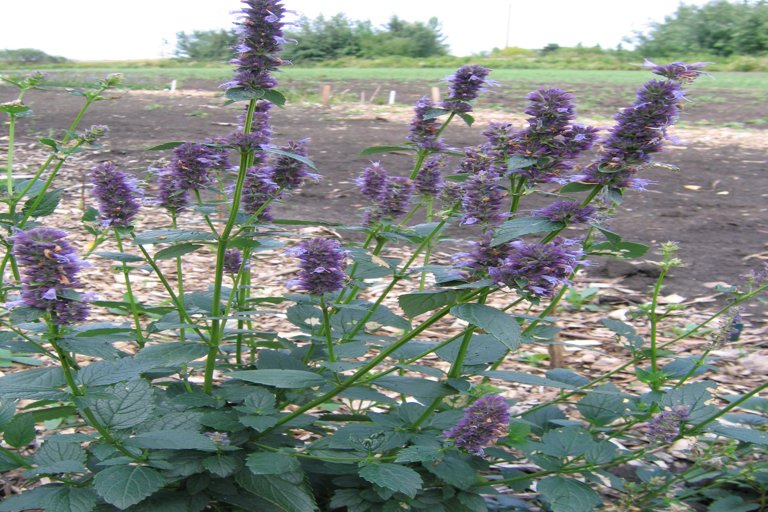Nature & Outdoors
How Local Volunteers Are Protecting Alberta’s Native Plants
Across Calgary and surrounding areas, volunteers are working with conservation groups to protect native plant species from encroaching development.
By Emma MacLeod | 2025-10-01 19:33

In parks, riverbanks, and open fields across Alberta, a quiet army of volunteers is working to protect the province’s native plant life. These individuals, often armed with gloves, spades, and deep local knowledge, are restoring habitats that have been damaged by urban expansion, invasive species, and climate change.
One of the most active initiatives is the Calgary Native Plant Stewards, a grassroots group that meets weekly during spring and summer to reintroduce native grasses, wildflowers, and shrubs into green spaces. Their mission: to help reestablish biodiversity and provide food and shelter for Alberta’s dwindling pollinators and birds.
Volunteers are trained to identify and remove invasive species like Canada thistle and smooth brome, which crowd out indigenous plants. In their place, they plant species like prairie crocus, golden aster, and blue grama grass—flora that have adapted to Alberta’s soil, temperature swings, and dry conditions.
“It’s not just about pretty flowers,” says team leader Anika Mendez. “Native plants form the base of a complex food web. When they disappear, everything else—from butterflies to birds to small mammals—suffers too.” She notes that many native species are under pressure from landscaping trends that favor imported ornamentals.
Restoration sites vary in size, from small corners of community parks to multi-acre reclamation zones along the Bow River. Each site is mapped and monitored throughout the year to track plant growth, erosion control, and the return of wildlife. Data is collected and shared with municipal agencies and universities.
Partnerships are a key part of the movement. The City of Calgary provides soil testing and technical support, while schools and corporate teams often participate in planting days as part of environmental education or volunteer hours. Local nurseries supply hard-to-source seeds and help propagate rare species.
In some cases, efforts go beyond replanting. Volunteers build interpretive signs and conduct public tours, helping residents understand the history and value of native vegetation. This educational component is critical, advocates say, in shifting public preferences toward more sustainable landscaping choices.
Despite the enthusiasm, challenges remain. Urban development pressures continue to reduce available green space, and inconsistent funding can hamper long-term planning. “We operate on passion and donations,” Mendez explains. “But with stable support, we could double our impact.”
Climate change is also complicating efforts. Droughts, floods, and unpredictable temperature shifts affect seed viability and plant survival rates. As a result, stewards are beginning to experiment with adaptive planting strategies that account for changing weather patterns and microclimates.
Still, the progress is visible. Areas once dominated by weeds are now buzzing with bees, dotted with native blossoms, and welcoming back species that hadn’t been seen in years. For many volunteers, it’s a deeply rewarding form of environmental activism—one rooted in place and patience.
Alberta’s native plants may not be flashy, but they are resilient, beautiful, and essential. Thanks to the efforts of these dedicated volunteers, they are once again finding a place to thrive.